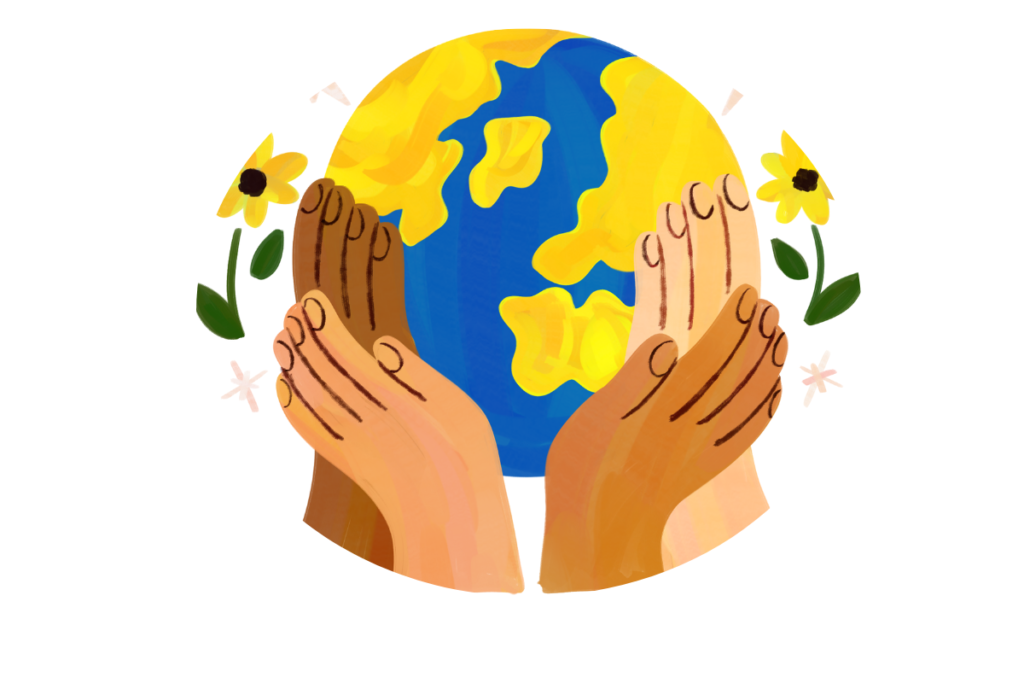- Dhannipur, Ayodhya
Symbol of Unity
Symbol of Unity

The Muhammad bin Abdullah Masjid**, being constructed in **Dhannipur village, Ayodhya**, is often referred to as a **symbol of unity** for several key reasons related to its historical, cultural, and social significance. Here’s why it holds this title:
1. **Outcome of the Babri Masjid-Ram Janmabhoomi Dispute**:
– The mosque is being built as part of the **Supreme Court’s 2019 verdict**, which resolved the long-standing Babri Masjid-Ram Janmabhoomi dispute. The ruling, which awarded the disputed site to a Hindu temple trust and allocated a separate 5-acre plot for the mosque, aimed to bring an end to a centuries-old conflict that had caused communal tension in India.
– The masjid, as a result of this peaceful legal settlement, represents a **step towards reconciliation** between communities that had been divided over religious differences for years. It is meant to heal the past wounds caused by the Babri Masjid’s demolition in 1992 and promote **communal harmony**.
2. Inclusivity in Design and Purpose
– Unlike many traditional mosques, the Muhammad bin Abdullah Masjid is part of a broader complex that includes a **hospital**, a **community kitchen**, a **library**, and a **museum**. These facilities are intended to serve people of all religions, not just Muslims, symbolizing the idea of service to humanity and unity across faiths.
– The inclusion of such welfare services goes beyond religious boundaries, emphasizing the mosque’s role in **social service** and the idea that it is open and beneficial to all communities.
3. Promoting Peaceful Coexistence
– The mosque’s construction is seen as a gesture of **goodwill and tolerance**, as it is part of a broader effort to foster **peaceful coexistence** in Ayodhya, a place that has historically been a flashpoint for religious tensions.
– By building a mosque that focuses on unity and service, the **Indo-Islamic Cultural Foundation** (the trust overseeing the project) aims to shift the narrative from conflict to cooperation, sending a message of **peace, unity, and interfaith harmony**.
4. Integration of Secular Values
– The **architectural design** and vision of the complex reflect **secular values**, as it is not solely a place of worship but also a hub for education, healthcare, and cultural exchange. This aligns with the vision of a society where people of different faiths and backgrounds can come together for the common good.
– The mosque itself does not aim to replace the Babri Masjid in its historical or religious importance but instead aims to create a **new beginning**, focusing on the future and the collective well-being of the society.
5. Symbol of National Unity
– On a broader scale, the mosque represents the idea that even after decades of conflict, **India’s secular framework** and commitment to justice can lead to peaceful solutions that respect the rights and sentiments of different religious communities.
– The fact that the mosque is being built in **Ayodhya**, a city historically linked with religious identity, makes it even more significant as a **symbol of unity in diversity**, which is a cornerstone of India’s national identity.
6. Message of Forgiveness and Moving Forward
– By focusing on charity, health, education, and community service, the Muhammad bin Abdullah Masjid promotes the idea of **forgiveness and moving beyond past grievances**. This aspect is essential for fostering long-term peace and unity between communities.
– The mosque’s name itself, chosen to honor **Prophet Muhammad**, reflects the principles of compassion and service to humanity, which further strengthens its symbolic status as a unifying force.
In summary, the Muhammad bin Abdullah Masjid is considered a **symbol of unity** because it is not just a religious structure but a multi-functional complex meant to bring communities together, promote peace, and heal divisions caused by historical conflicts. Its purpose transcends religious lines, aiming to serve all sections of society and fostering a sense of shared humanity.
- Home
- History
- Symbol of unity